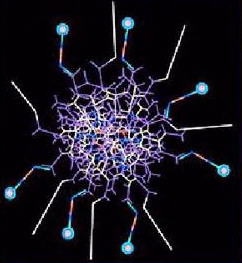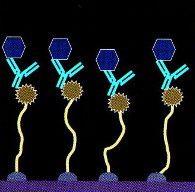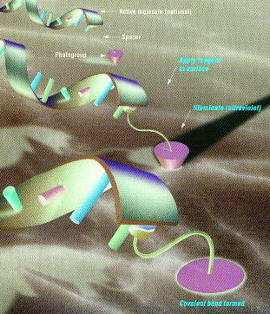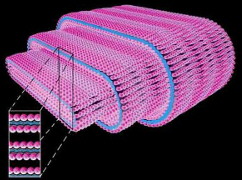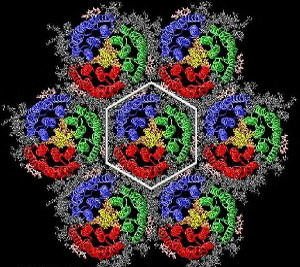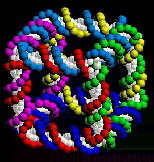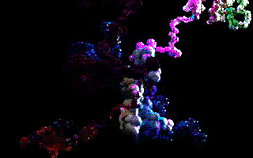All living things are nanofoundries. Nature has perfected the artform of biological nanotechnology for billions of years. Now, an emerging technology domain is poised to present a toolkit from which new lifeforms can be crafted, the inner molecular workings of living cells can be directly manipulated, even aging may be treated not as a disease, but as a reversable pathology. The very definition of life itself is perched at the edge of the next great revolution in medicine: nanobiology. Currently existing are technologies and applications in the arenas of biomolecular components and biocompatible surfaces integrated into microscale systems, implantable biochip devices, synthetically engineered quasi-viral components, modified DNA, structured proteomics, pseudoproteins, biomolecular "devices". What is coming are artificially engineered organelles and cells, technologies which combine organic and inorganic materials and substrates into integrated nanoscale systems, "biomolecular prosthetics", and intra-cellular modification strategies which will redefine the very essense of what is commonly referred to as life.
